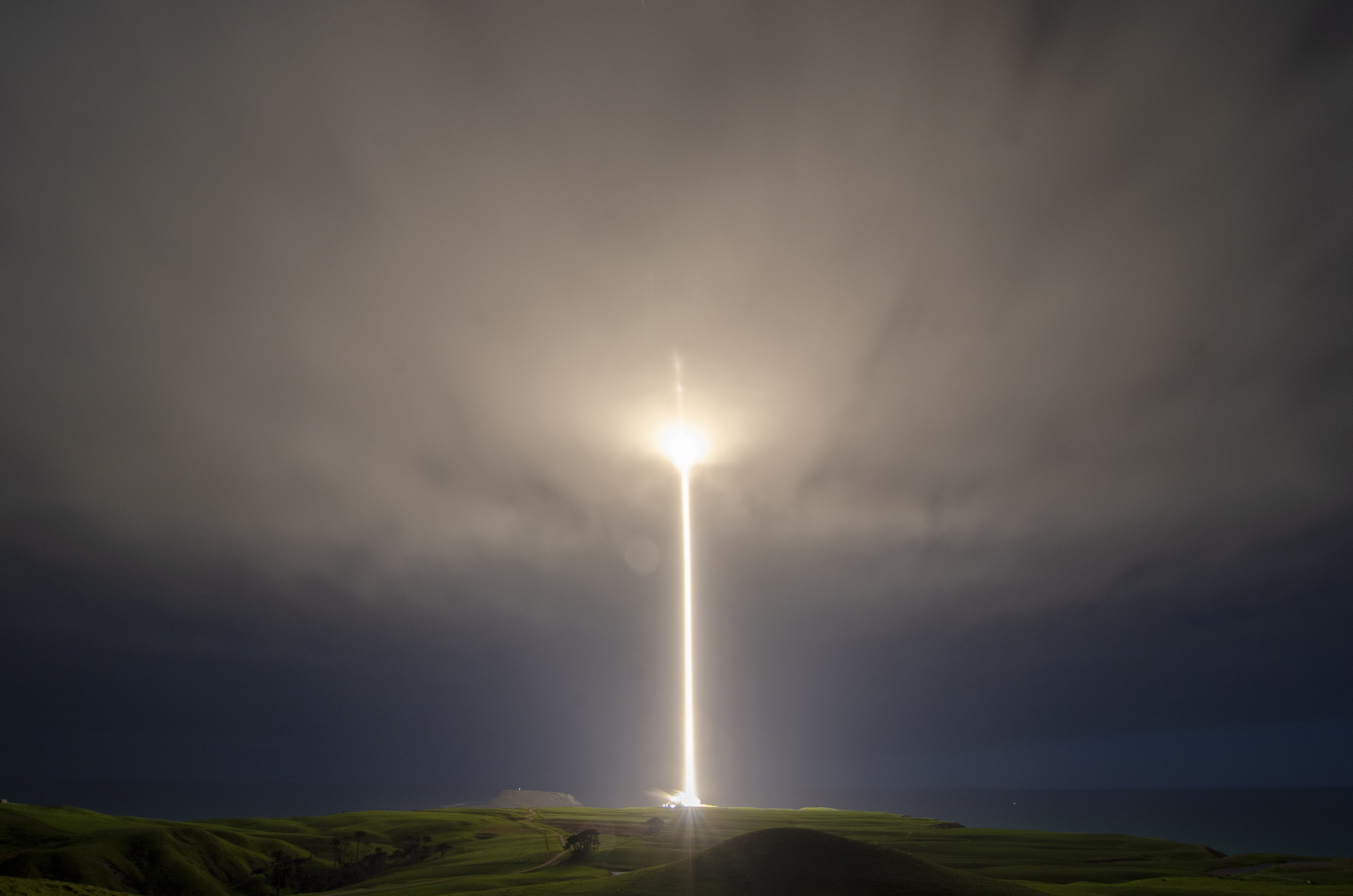Rocket Lab announced late Tuesday that it had signed another customer to its launch manifest for 2020, a Japanese company named Synspective. Rocket Lab will launch the company's synthetic-aperture-radar satellite (named StriX-α) late this year from its facility in New Zealand.
"We are very pleased to work with Rocket Lab, a pioneer in rocket ventures," the founder and chief executive of Synspective, Motoyuki Arai, said in a news release. "We are also grateful for their flexibility in accepting our requests on the satellite's orbit and launch period."
This was all standard enough. The 150kg StriX-α satellite is near the top end of Electron’s capability, but the booster can loft that much mass to Sun-synchronous orbit. To date, the heaviest payload launched by Electron is a 185kg satellite for the Air Force, into a 500km orbit last year.
What Tuesday's announcement did not include was the fact that the Japanese company shuffled this launch from a Vega rocket onto Electron. The Vega rocket, which had its first failure in 15 launches last July, has yet to return to flight. The spaceport it launches from in French Guiana remains closed due to the coronavirus.
Synspective and Arianespace announced a contract to launch StriX-α as a rideshare mission on the European company's Vega vehicle only one year ago, and as part of that deal, they signed a "Strategic Partnership Agreement" to study a future cooperation.
That was significant because Synspective has raised more than $100 million since forming at the beginning of 2018. Eventually, it plans to build out a constellation of 25 satellites to provide global coverage of the planet, with the ability to use synthetic-aperture radar to provide continuous images through clouds and at nighttime. Synspective aims to launch six satellites by 2022 to provide coverage of Asia. Now, Rocket Lab, instead of Arianespace, may be in a position to pick up this launch business.


